10 comments
Comment from: airlie Member
Comment from: kristi Member

Thanks!
Comment from: sjohnson5 Member
Great read, very informative. Caught my eye as we visited an Aleppo Pine recently on a return trip from Victoria at Bemm River. Found it online https://monumentaustralia.org.au/themes/conflict/ww1/display/110339-aleppo-pine-
Comment from: kristi Member

Thanks! And so cool to have seen one in your travels!
But I so wish the naming confusion could be sorted for once and for all.
Because of the confusing sign at the botanic garden, I truly don’t know if the one there is Pinus brutia (THE Lone Pine, or Turkish Pine) or Pinus halepensis (Aleppo Pine).
And ditto the tree in Victoria! The article states at top the Lone Pine is Pinus brutia, and yet goes on to say the planted tree is an Aleppo Pine (Pinus halepensis) and a descendent of the Lone Pine, as does the accompanying photo of the plaque.
Oh well! They’re beautiful trees regardless, and I find it somewhat fitting that they look a lot like Aussie gums from a distance.
Comment from: airlie Member
Why not refer this to the Wollongong Botanic Gardens and ask for a determination?
Comment from: kristi Member

Because unfortunately, as well-meaning as they may be I will never have confidence in the answer.
The tree was planted circa 1965 and the plaque’s ambiguity itself implies unreliable records of the time.
Also to confuse things more (!) Pinus brutia was once and apparently is still considered by some as a subspecies of Pinus halepensis, which just complicates naming matters further!
More complications again (!) is that the two are also regarded as a species complex, which means they are very hard to distinguish from each other. Knowing that will just make me question any answer I would receive - especially if the staff don’t know of that fact themselves.
I hope that helps?
Comment from: airlie Member
I still reckon you should give it a go.
Comment from: kristi Member

Fair enough! Query just then sent in writing and if I hear anything I’ll be sure to let everyone know!
Comment from: sjohnson5 Member
Do you think the Australian War Memorial Canberra would have any knowledge on the topic?
Comment from: kristi Member

Unfortunately their own site just adds to the confusion!
https://www.awm.gov.au/shop/lone-pine-seedlings
They state that the Aleppo pine is the Lone Pine, and also sell trees descended from the cones brought back by Benjamin Smith from branches on the Turkish trenches (Aleppo), not trees descended from the cone collected by Thomas Keith McDowell from the remains of the Lone Pine itself (Turkish).
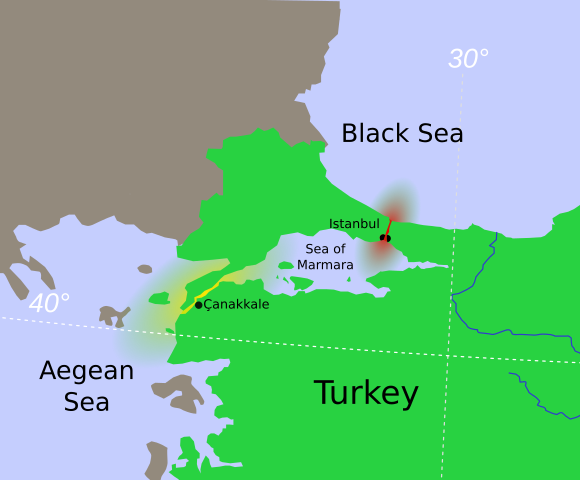
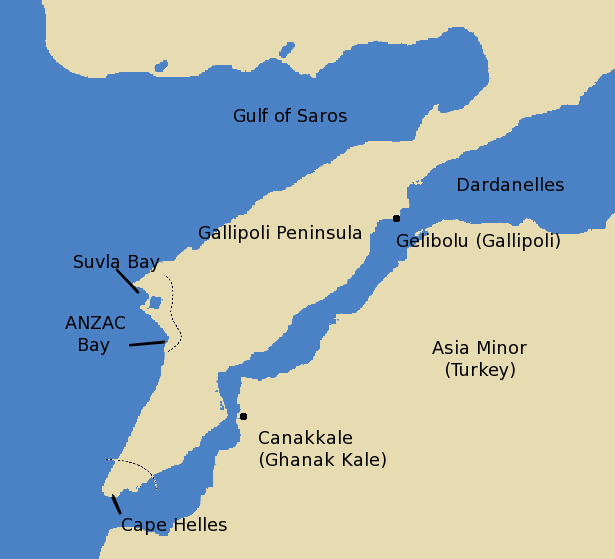




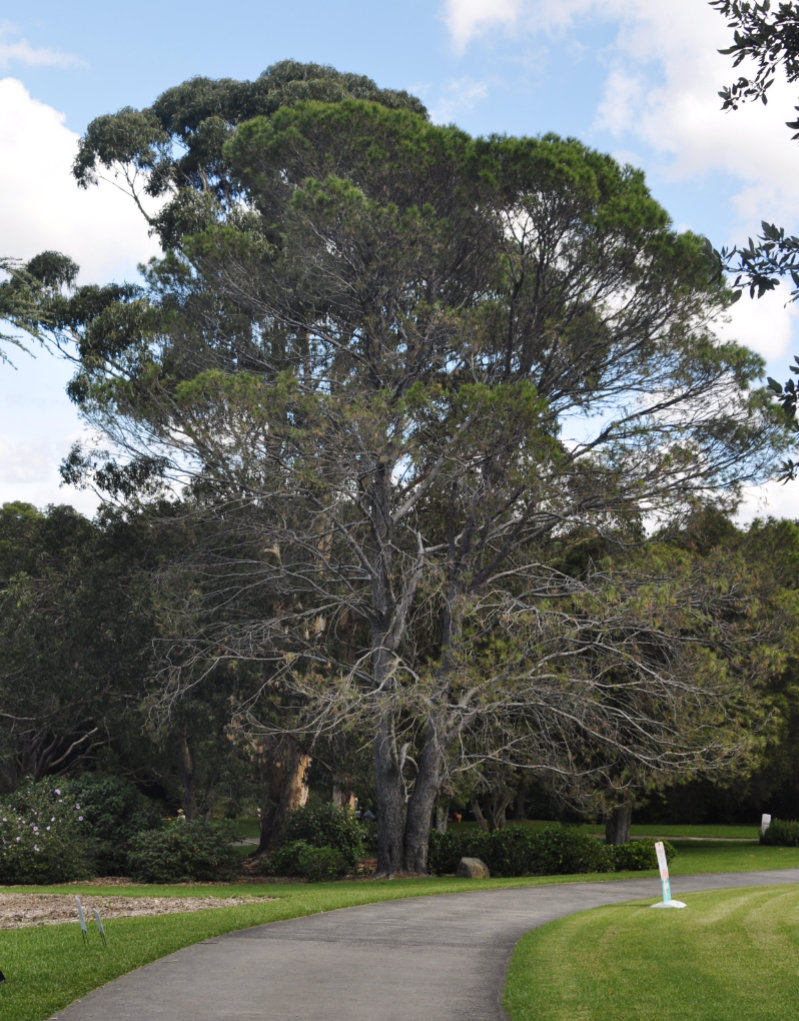
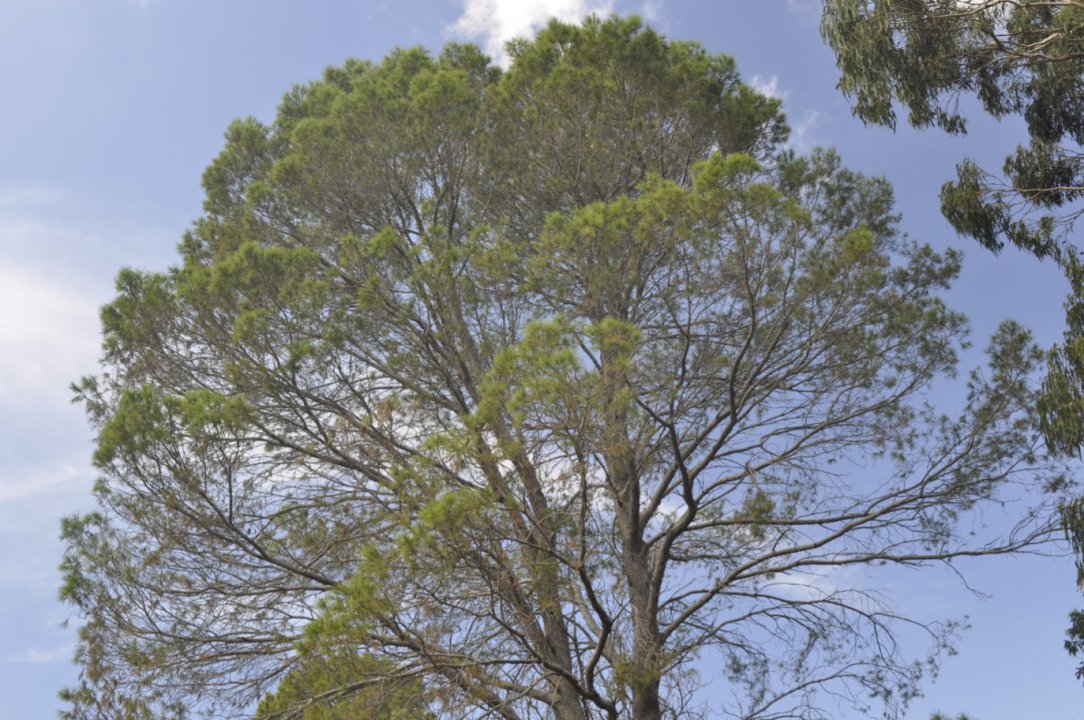
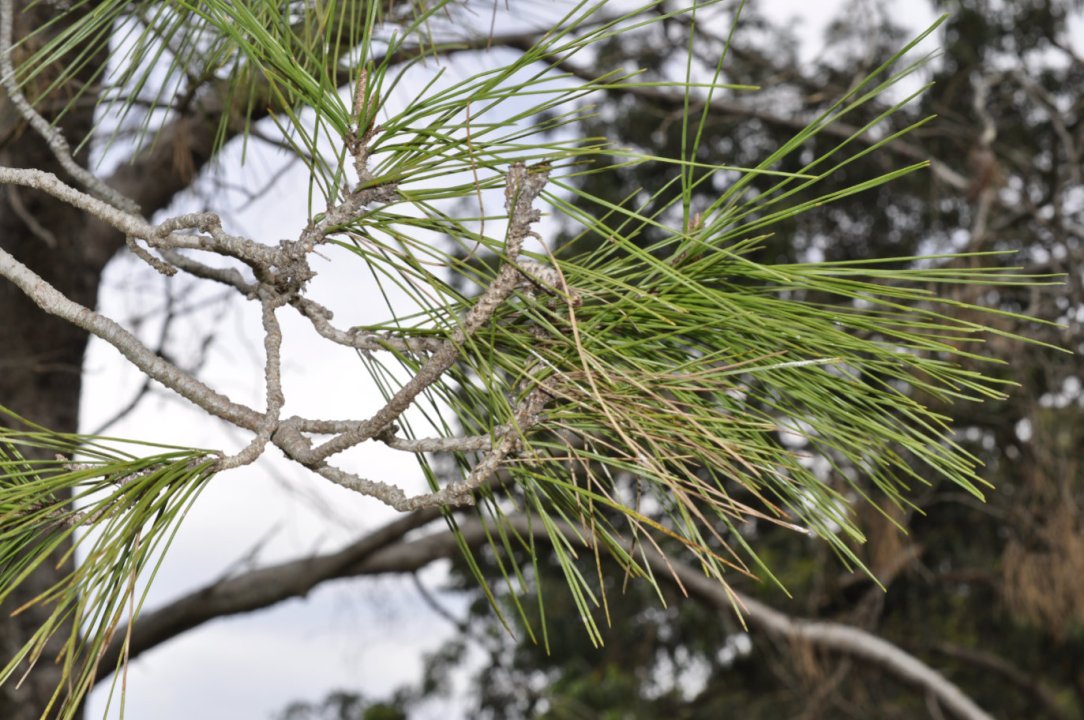
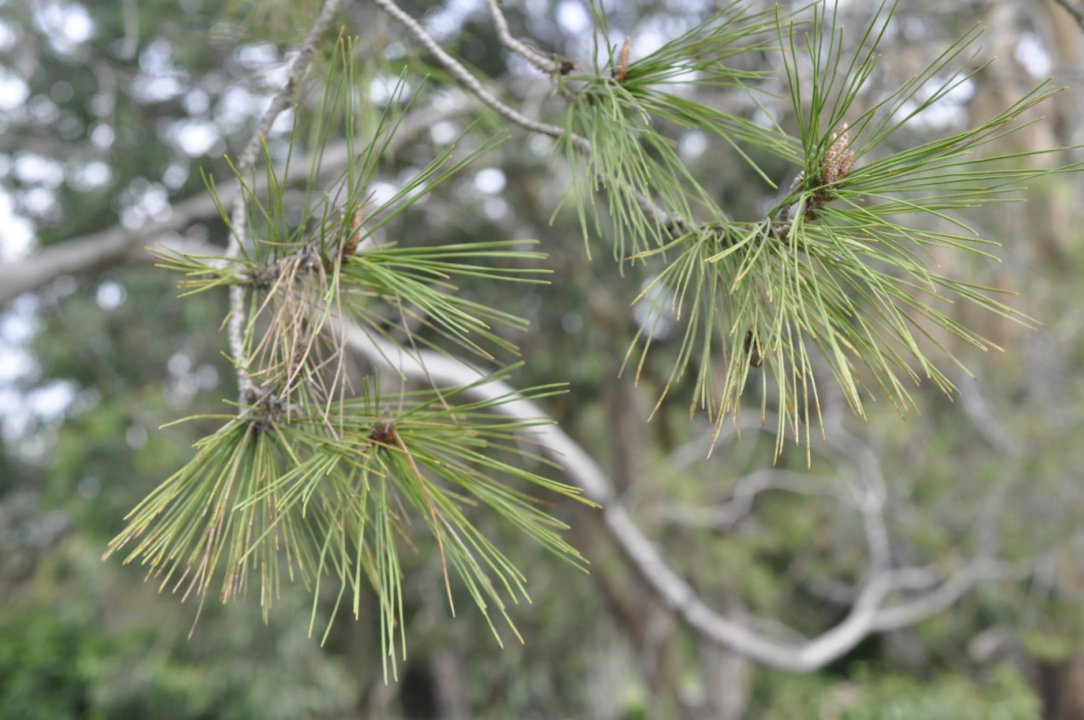

Lovely article and especially so as there is a strong and direct family connection through your great-grandfather.